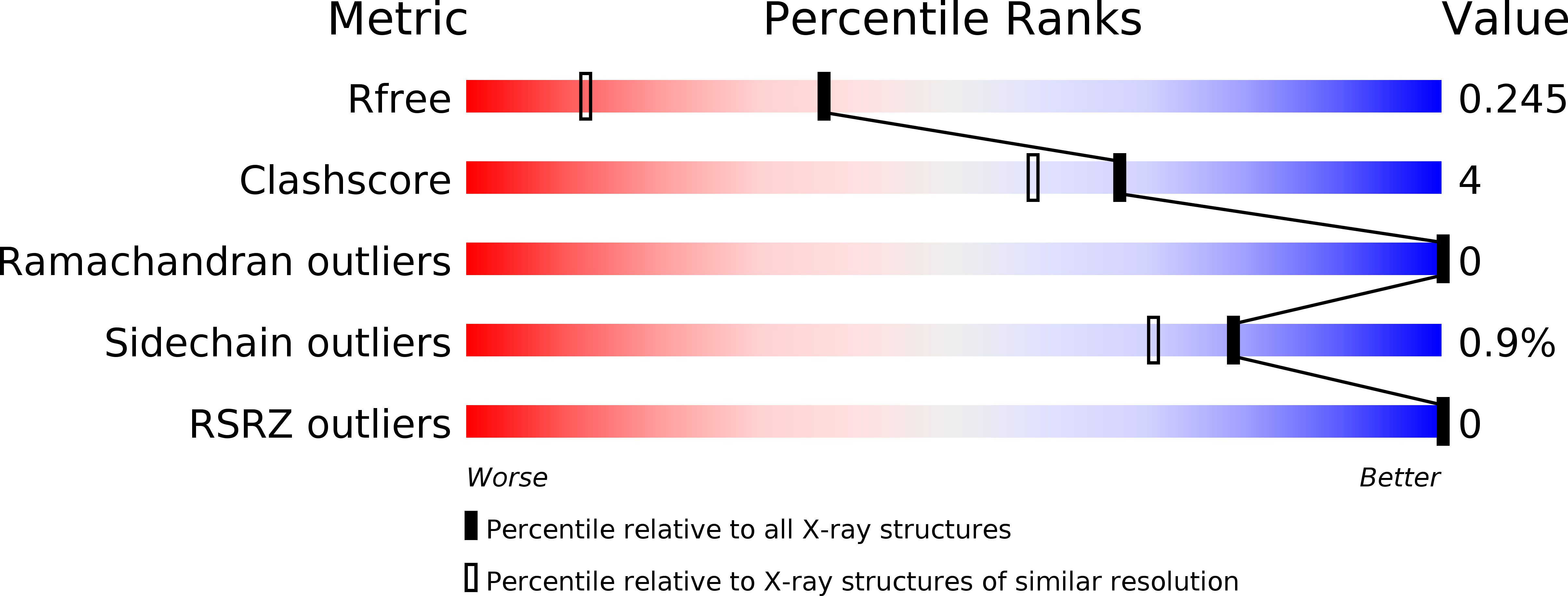
Deposition Date
2011-08-21
Release Date
2012-04-18
Last Version Date
2024-02-28
Entry Detail
PDB ID:
3TIP
Keywords:
Title:
Crystal structure of Staphylococcus aureus SasG E-G52 module
Biological Source:
Source Organism:
Staphylococcus aureus subsp. aureus (Taxon ID: 93061)
Host Organism:
Method Details:
Experimental Method:
Resolution:
1.70 Å
R-Value Free:
0.23
R-Value Work:
0.19
R-Value Observed:
0.19
Space Group:
P 1 21 1


